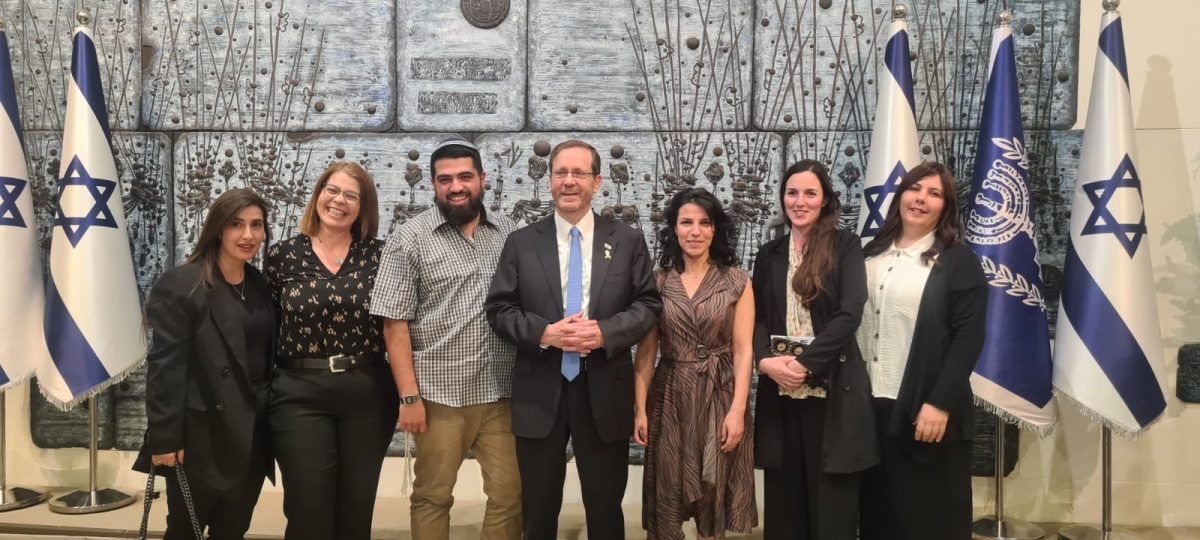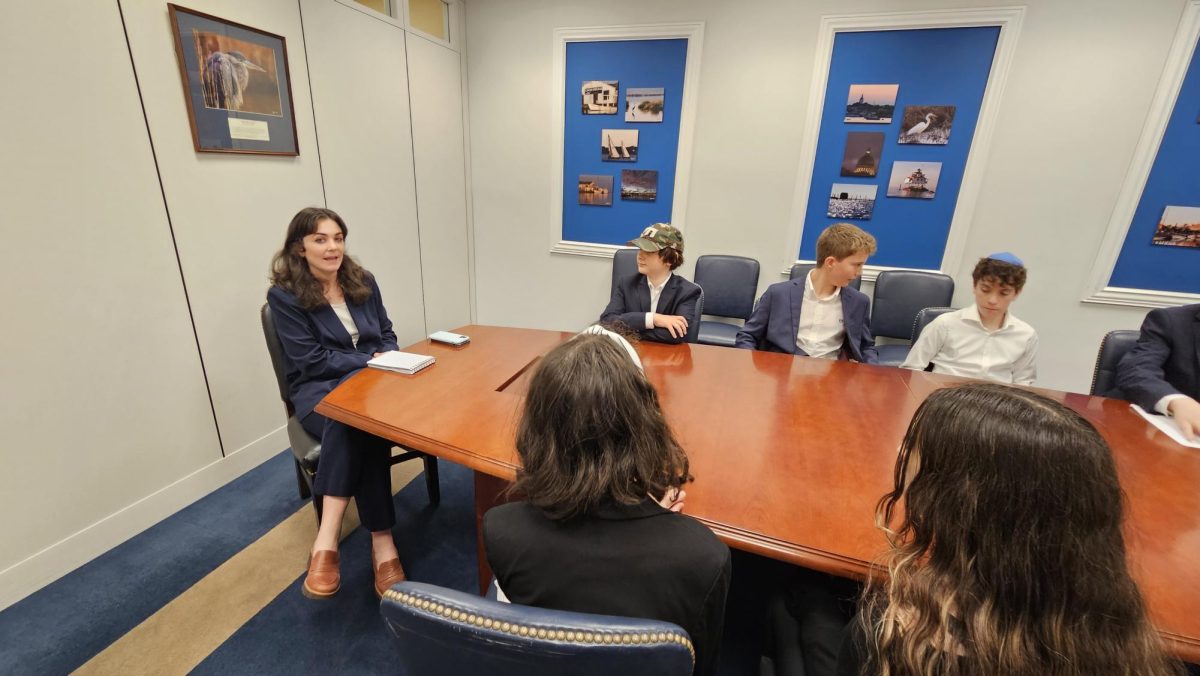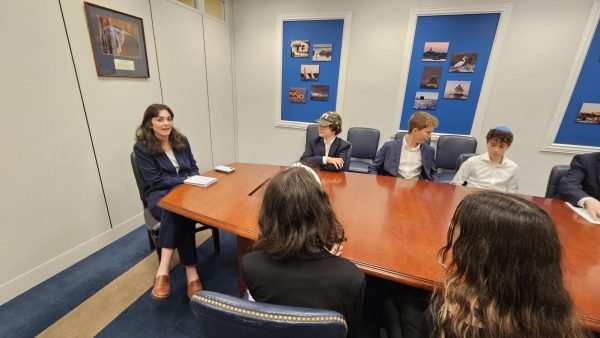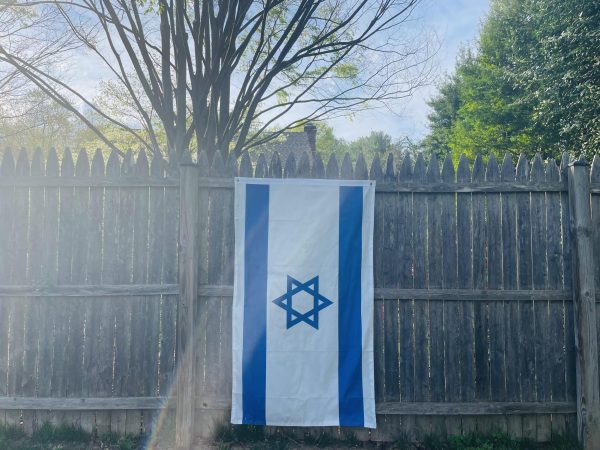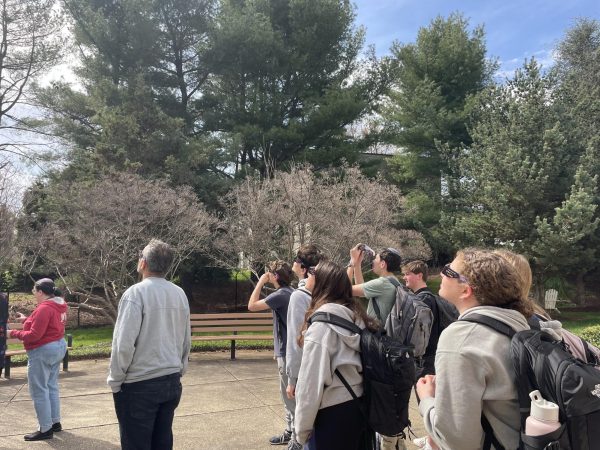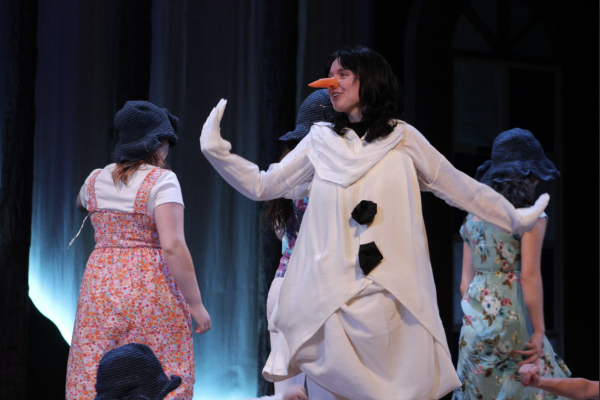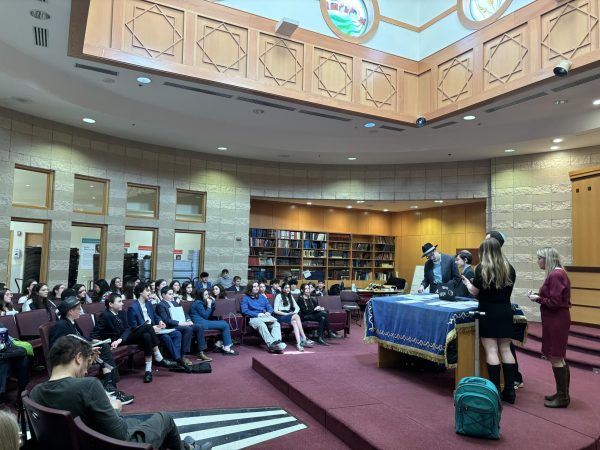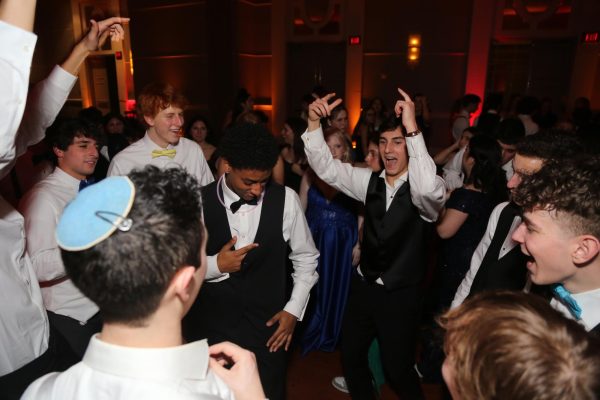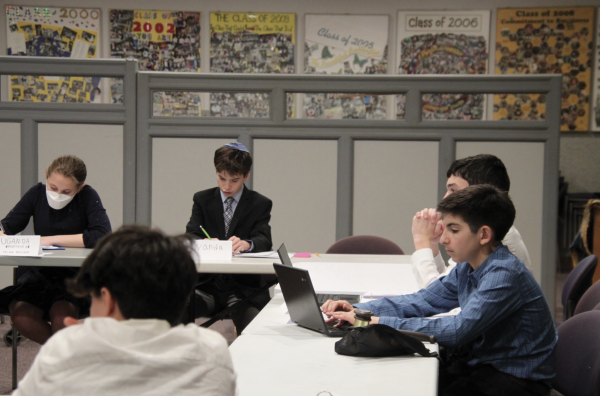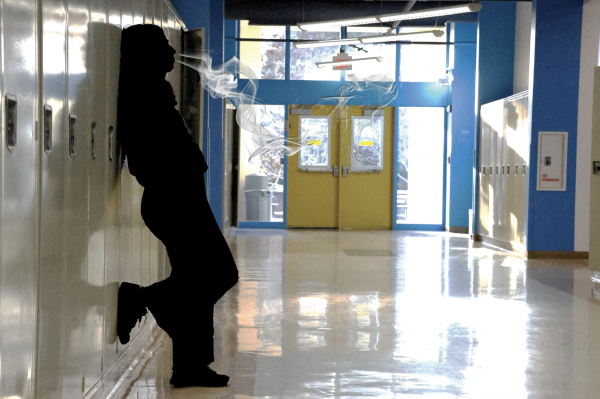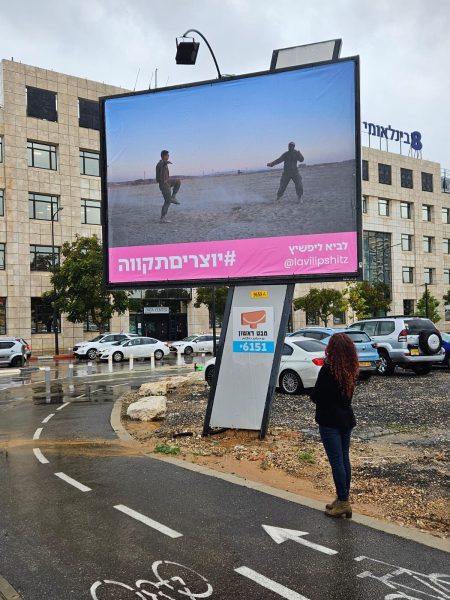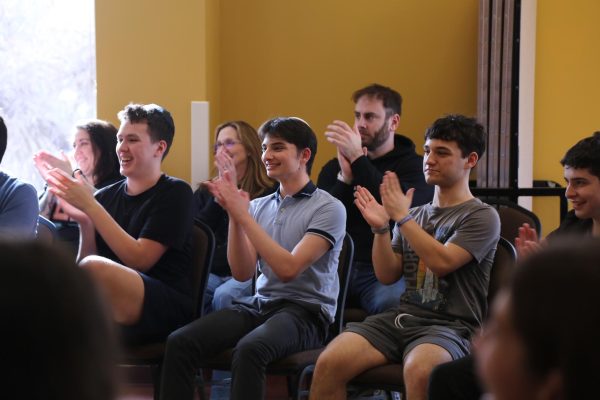Addressing the dress code
Administration meets with GirlUp club to consider changes to enforcement of policies pertaining to school appropriate clothing
December 16, 2021
High School Principal Dr. Lisa Vardi met with the GirlUp club in late October to discuss possible changes to the dress code. Similar discussions have been happening not only at CESJDS but in schools across the country as well.
Three seniors involved in the club, including vice president Zoe Fischman, met with Vardi to share their own concerns as well as the perspectives of other students. They also offered short-term and long-term solutions to what they believe to be problems such as speaking in front of faculty to share experiences with the dress code and working on changing the language of the dress code to be more inclusive.
“A lot of times, students are dress-coded in front of their peers, which we as a club believe is not appropriate or productive,” Fischman said. “So we have [suggested] these additional parameters and guidelines for teachers that will make the dress code more comfortable and safe for students.”
Vardi said she is interested in exploring the dress code and its enforcement and welcomes their perspective. The current dress code incorporates values of traditional Judaism and therefore requires that shirts are long enough to be tucked in, that there are sleeves on every shirt and that dresses, skirts or shorts be at or below one’s fingertips, as well as other parameters. Additionally, if a piece of clothing is not addressed in the dress code, but is deemed inappropriate by the administration, students can be asked to change.
“It’s really important for me to have student voices in all of these discussions,” Vardi said. “While it might seem minute, I actually think it’s really big; it is something that at least coming in here I’ve heard about a lot.”
Earlier in the school year, Vardi formed a committee made up of faculty and staff that will hear from students and parents to discuss the dress code itself and its enforcement. The committee is made up of nine female faculty and administrator volunteers, including high school Jewish history and women’s history teacher Rachel Bergstein, who jumped at the chance to be part of this committee.
“Even if [the dress code] is written in gender-neutral language, I think that the experience of students and the experience of faculty is that we’re really talking about what females should and should not wear, and that seems not appropriate to me,” Bergstein said.
Bergstein believes that the enforcement of the dress code is inconsistent and causes confusion, which she hopes to address in upcoming meetings.
“I would love for every student to feel comfortable with their own presentation of their clothes, their body, their hair, everything,” Bergstein said. “I want this to be a comfortable learning environment for everyone.”
Bergstein and the GirlUp club share the similar belief that the dress code is worded and enforced in a way that shames people and their bodies. They believe that it can be enforced in a way that doesn’t cause students to feel singled out because of what they’re wearing.
“We always want students to feel safe in the school regardless of what they’re wearing, and should they be dress coded, we want it to be done in a productive manner that is conducive to a safe learning environment,” Fischman said.




